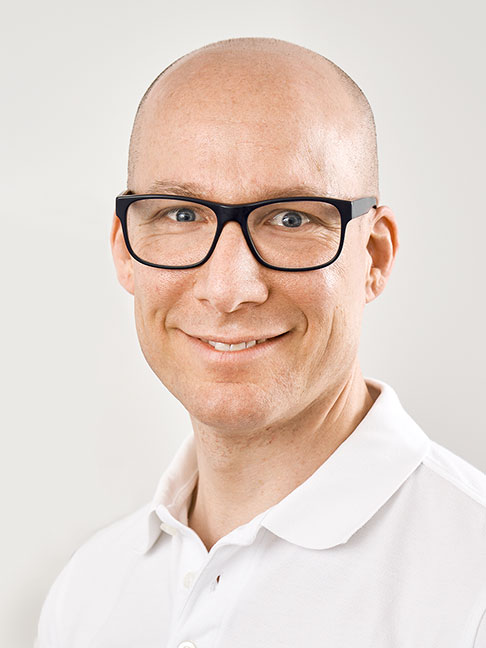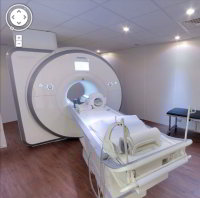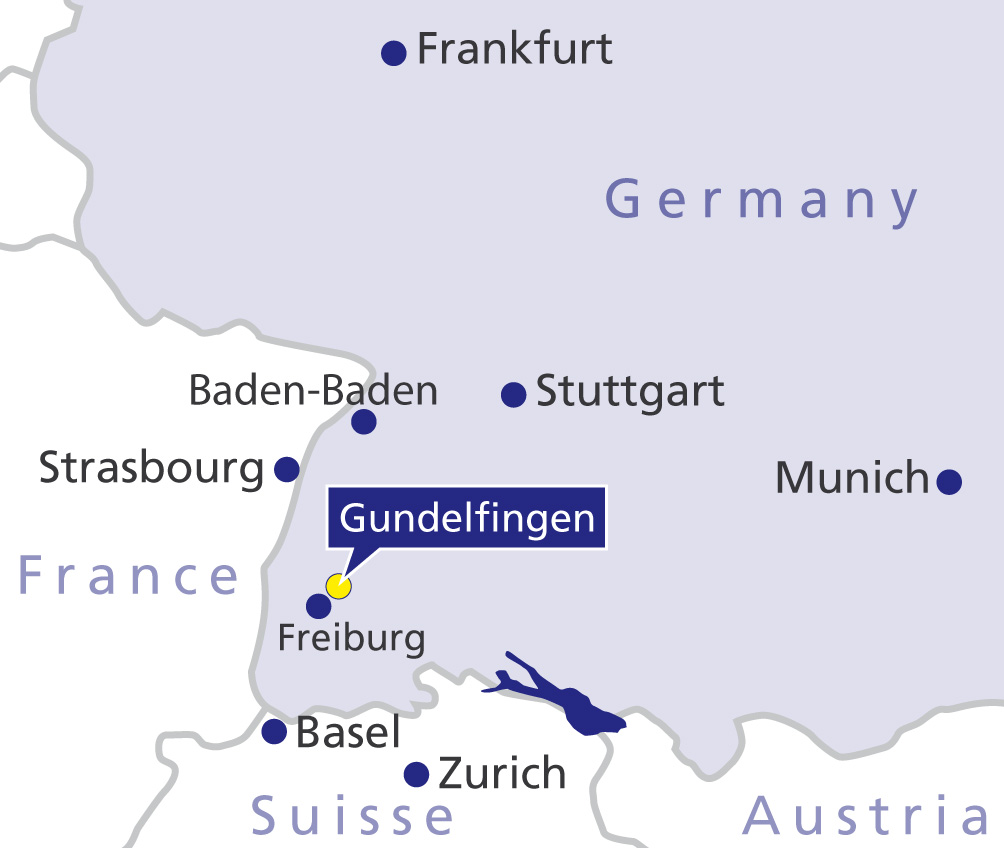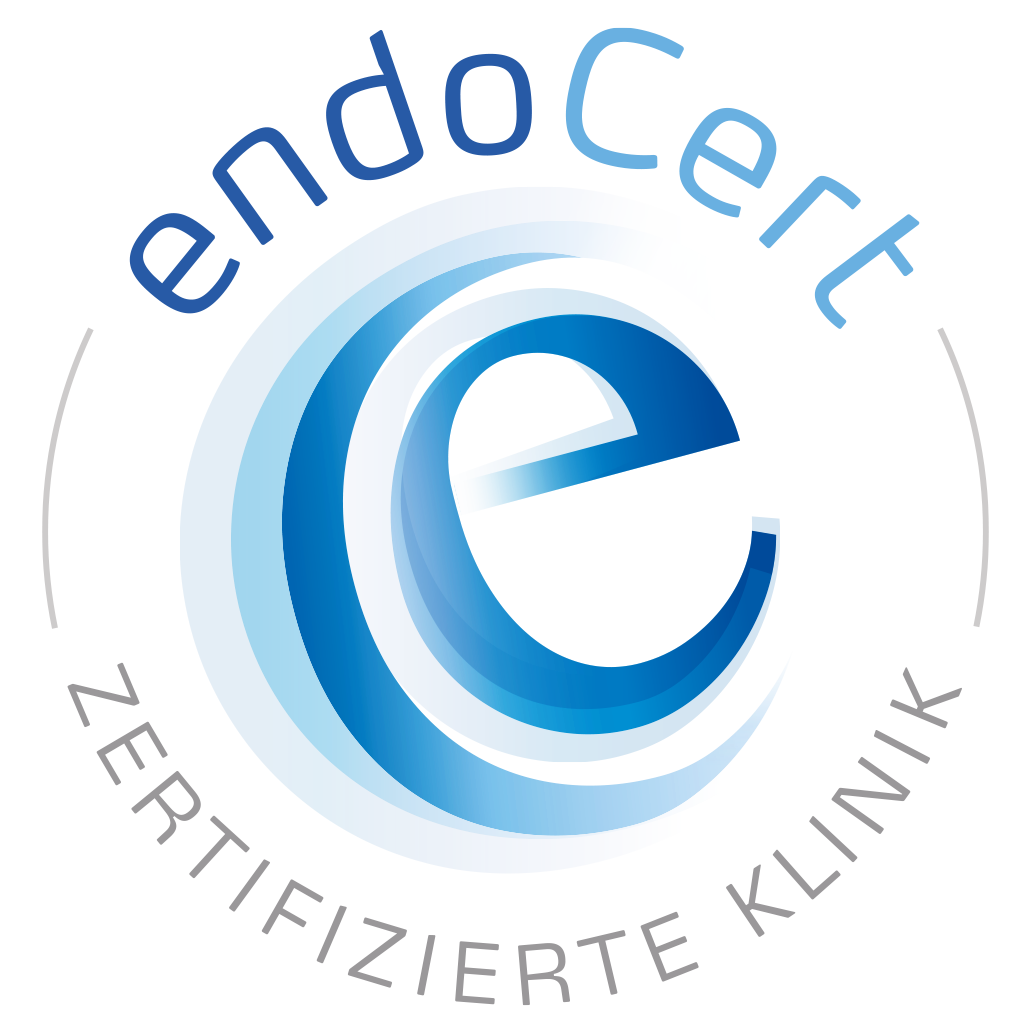Spinal Stenosis: Diagnosis and Spinal Decompression
Key Facts: Percutaneous Spinal Decompression
- Inpatient treatment: 2 days
- Outpatient Rehabilitation: 7 days
- Earliest flight home: 3 days after surgery
- Recommended flight home: 7 days after surgery
- Time before showering: 1 day after surgery
- Recommended time off work: 2 weeks
- Suture removal: no sutures
- Time before driving a car: 1 day
What is spinal stenosis?
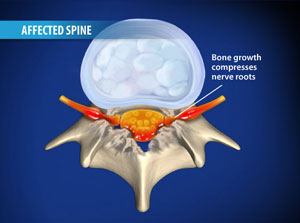 Orthopaedic specialist diagnosis and treatment of a degenerated cervical disc © Viewmedica
Orthopaedic specialist diagnosis and treatment of a degenerated cervical disc © Viewmedica
Spinal stenosis is a narrowing of the spinal canal. Every nerve connecting the brain with the body passes through this spinal canal. Spinal stenosis consequently affects the function central nervous system. Every nerve of the peripheral nervous system providing control and feeling for muscles and limbs passes through the spinal canal. Pressure and narrowing of this passage can result in severe functional deficits and pain.
The human spine is a complex structure. While load bearing is largely handled by the anterior vertebral bodies and spinal discs, our ability to twist and bend backwards and forwards is enabled by the posterior facet joints. The vertical canal (created in the centre of the spine by the vertebral arches, which join the vertebral bodies, facet joints and spinous processes), is known as the spinal canal.
This canal acts as a safe channel for the spinal cord and nerve roots, which exit the spine in pairs (one to the left and one to the right) at the level of each disc, through openings known as the neural foramina. A narrowing of the spinal canal is referred to as spinal stenosis. A narrowing of the lateral openings for the nerve roots is referred to as foraminal stenosis.
What causes spinal stenosis?
Age related changes of the Spine
- Bone thickening and bone spurs protruding into the canal
- Osteoarthritis in the facet joints and the accompanying enlargement of the joints (facet hypertrophy)
- Thickening and hardening of bands that support the spine (ligamentum flavum hypertrophy)
- Synovial cysts in the facet joints
- Chronic disc herniation
- Spondylolisthesis
Spinal stenosis usually develops as we age and as the structures in the spine begin to show signs of wear and tear. The lumbar spine is most commonly affected because it carries most of the body’s weight. The cervical spine and the thoracic spine are less commonly affected. Narrowing of the spinal canal may be caused by the various changes that may happen as part of the ageing process
What are the typical symptoms of spinal stenosis?
The narrowing of the spinal canal can put pressure on the spinal cord and the nerves that branch out from the neural foramina. This can cause back pain and pain that extends down into the legs as far as the calves. The pain associated with spinal stenosis ultimately causes disability as it increasingly limits the capacity to tolerate normal activities. One typical sign of the disorder is a steady reduction in the distance that one can walk before needing to rest. Spinal stenosis is one of the main causes of a condition known as intermittent claudication (pain when walking). Sensory disturbances, lameness, and loss of muscle strength in the legs may also occur.
How is Spinal Stenosis diagnosed?
To diagnose spinal stenosis your doctor will ask you questions about your symptoms and carry out a comprehensive physical examination. You may also be required to undergo a neurological examination. A variety of imaging procedures may then be used to complete the diagnosis. These include myelography (a procedure in which a liquid contrast medium is injected into the spine before x-rays are taken), computed tomography (CT) and magnetic resonance imaging (MRI).
What treatment options are available for spinal stenosis?
Conservative treatment of Spinal Stenosis
Less pronounced cases of spinal stenosis and foraminal stenosis can often be treated without surgery. In this case, extensive physical therapy and medication are required to alleviate the pain.
Such conservative approaches can be supported by forms of minimally invasive pain therapy to eliminate immediate pain and disability. At the Gelenk Klinik, these forms of treatment are carried out on an in-patient basis.
Surgical treatment of Spinal Stenosis
Surgical treatment of Spinal Stenosis
- Interventional pain therapy
- Disc-FX
- Interspinous spacers (X-Stop, Maxx-Spine, Coflex)
- Open micro-surgical decompression
Surgery should be carried out whenever neurological symptoms are present. These include lameness, numbness and loss of function (especially loss of bowel or bladder function). Surgery should also be carried out whenever the pain limits your capacity to participate in normal activities, such as walking and working. The aim of surgery is usually to decompress nerve roots or bundles. This is either achieved by removing tissue protruding into the spinal canal, or by expanding the volume of the spinal canal. Regrettably, the outcomes of surgical intervention, which usually require external fixation, are often disappointing. Many patients continue to experience back pain. Many others enjoy no more than temporary relief. Added to this is the fact that many procedures preclude other surgical options.
For this reason, we use our clinic's step-by-step, escalating approach to treat spinal stenosis. The type and extent of the surgical intervention are always adapted to the needs of the individual patient. The procedures are minimally invasive and involve changes that do not limit future treatment options.
Follow-up treatment after surgery for spinal stenosis is often by necessity comprehensive and time-consuming. However, this too will depend on the cause and extent of the stenosis, the degree of the neurological changes involved and the form of surgery selected. It will also involve a mixture of outpatient, inpatient and home-based elements (e.g., physical therapy). Temporary external fixation may be required in some cases, which would need to be removed after some time.

